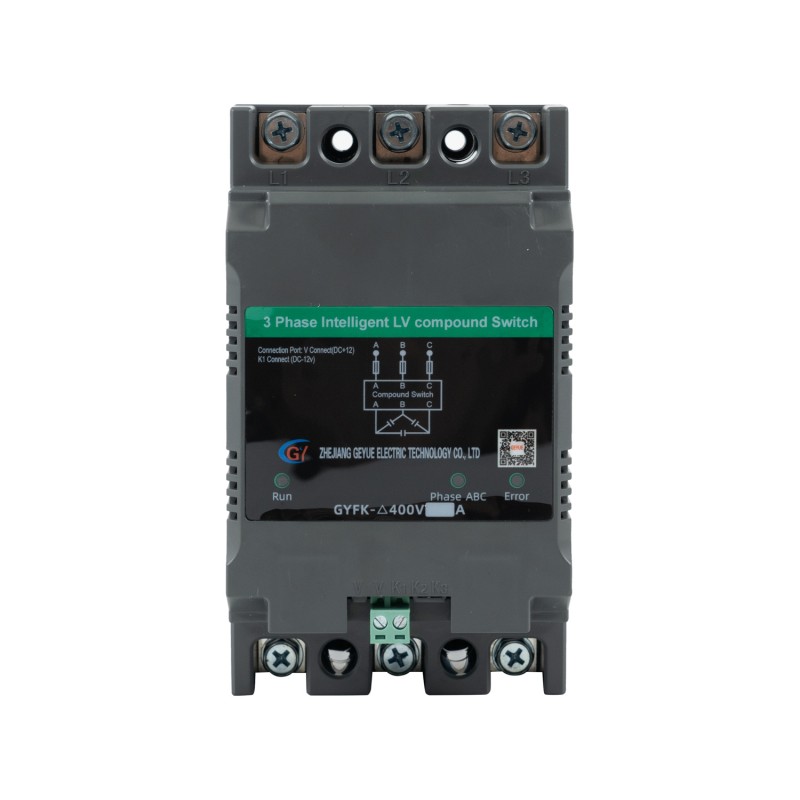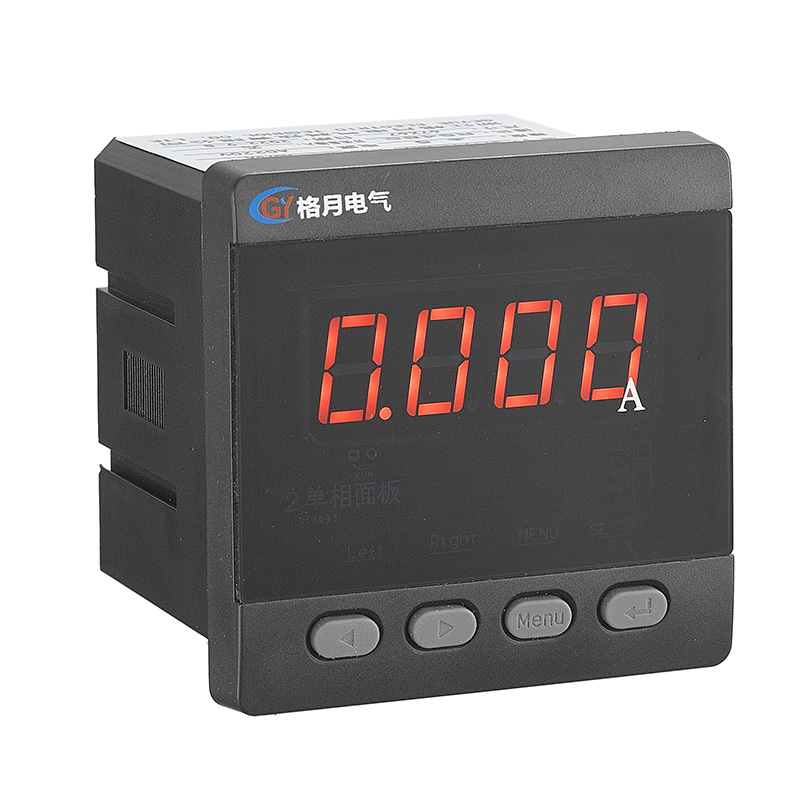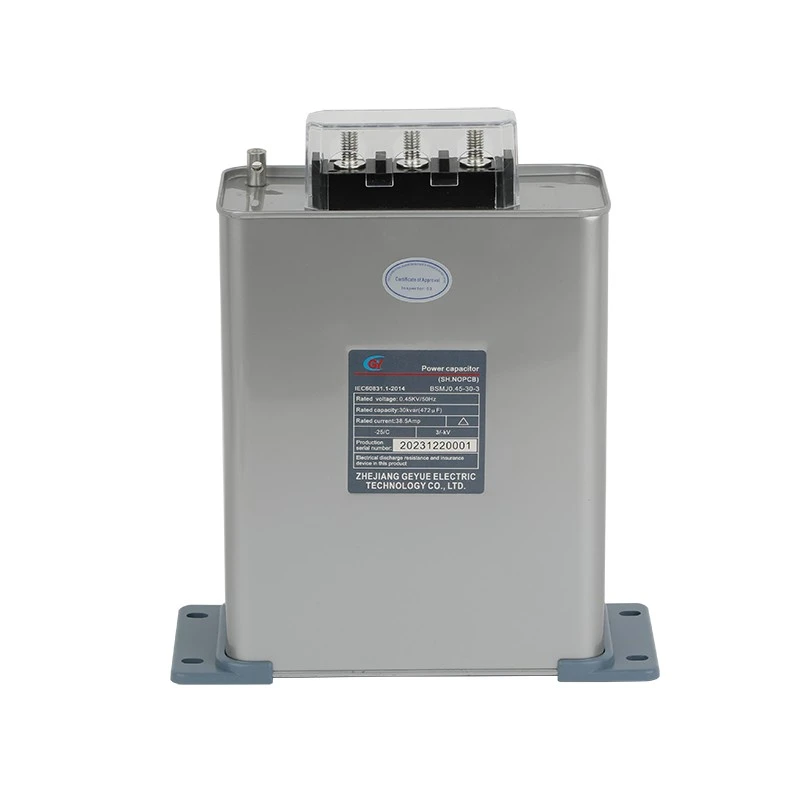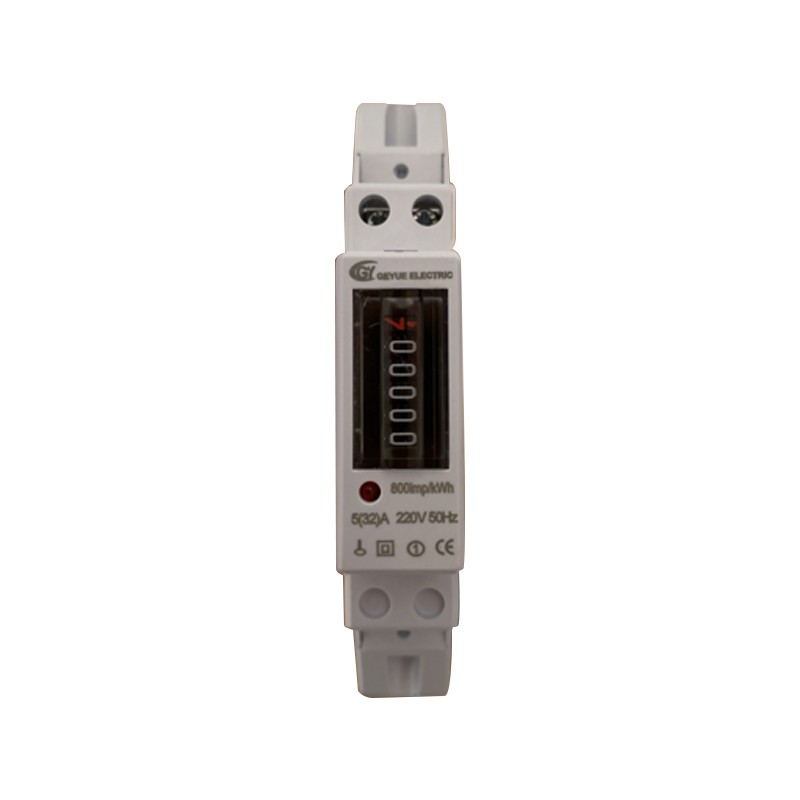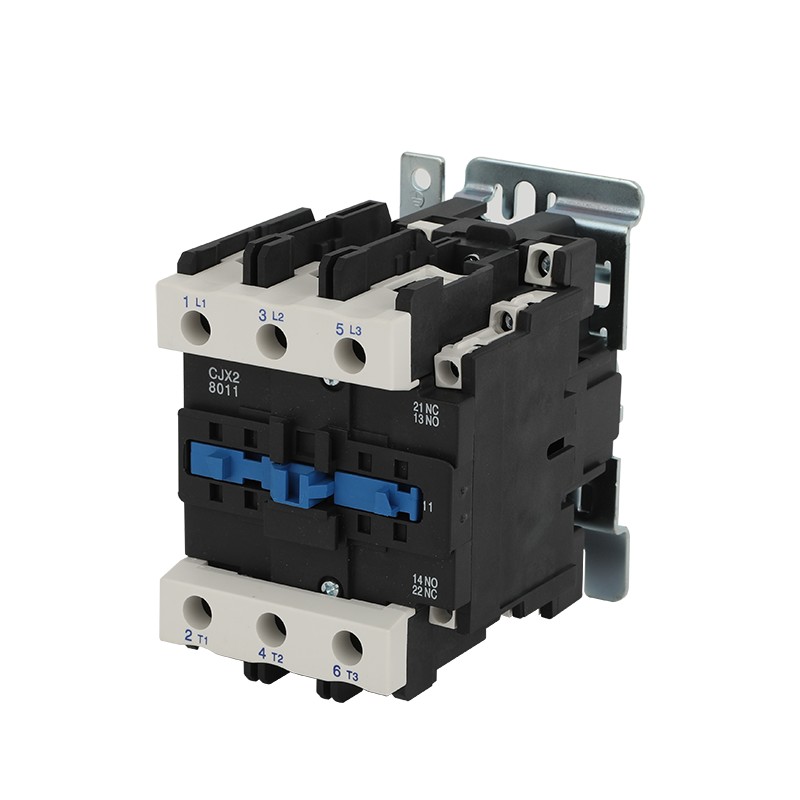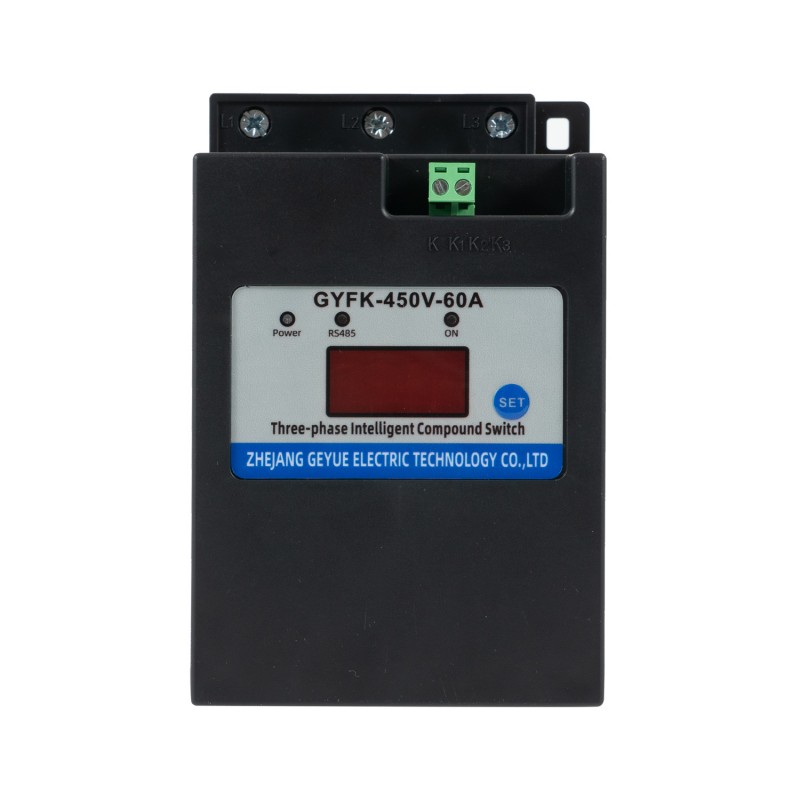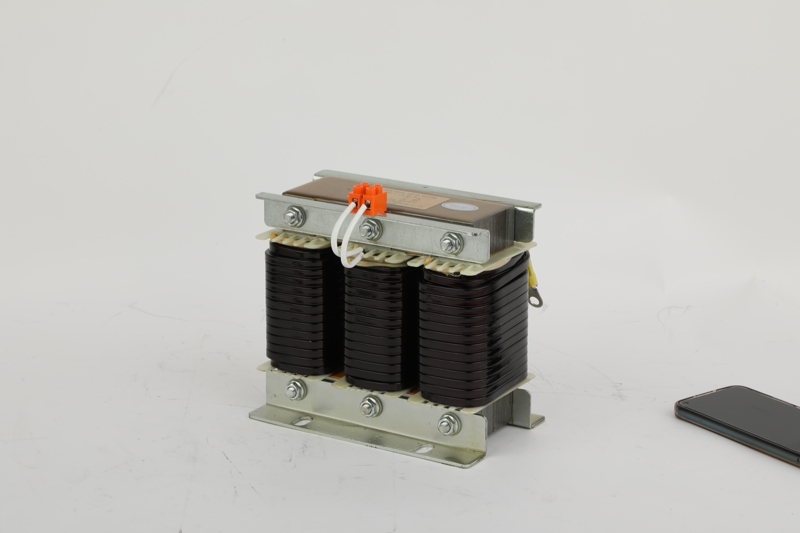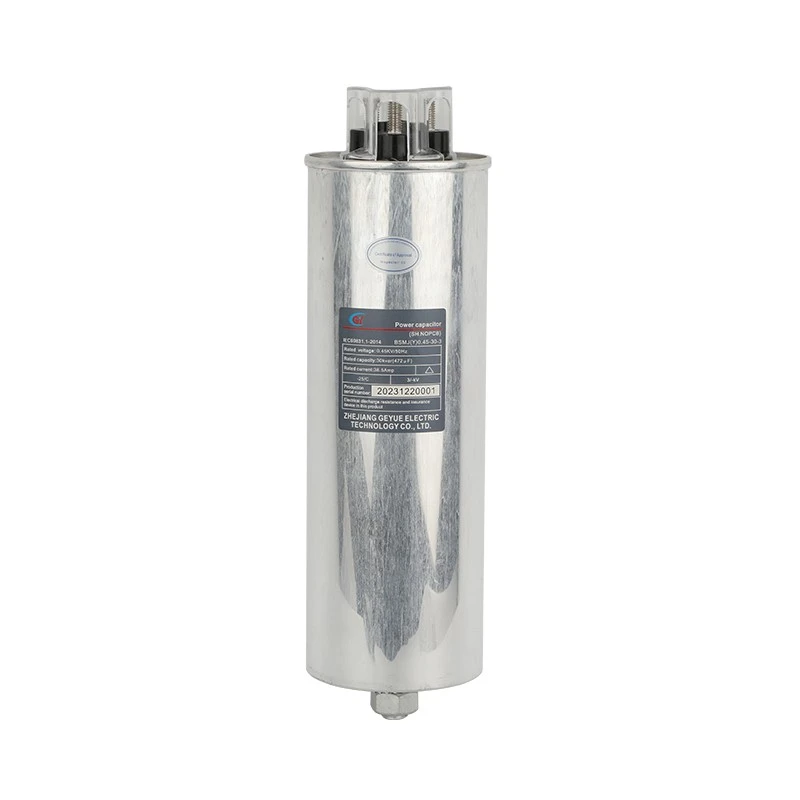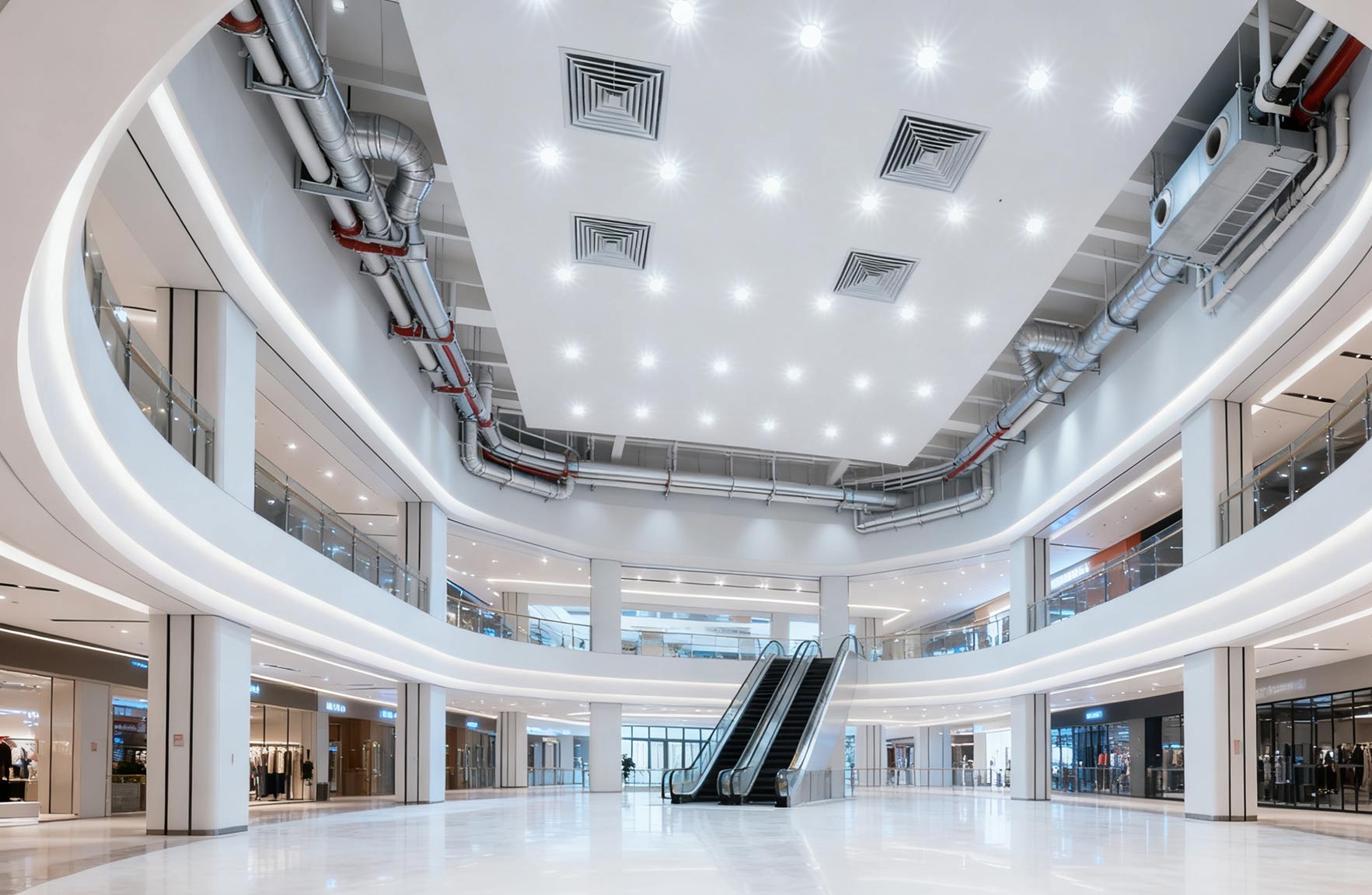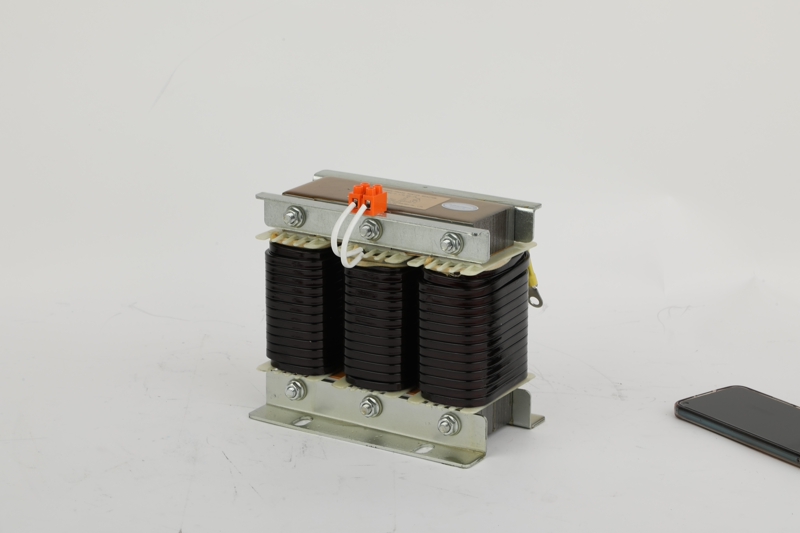What Are the Main Types of Low-Voltage Reactive Power Compensation Requirements in Commercial Buildings with High-Density LED Lighting and HVAC Systems?
High-density LED lighting and variable-frequency-driven HVAC systems (Heating Ventilation Air Conditioning Systems) have become standard features in new commercial projects, marking a profound energy-saving transformation in modern commercial buildings. However, these highly efficient devices have reduced the active power consumption while simultaneously presenting new challenges for the power distribution systems in terms of the need for new reactive power compensation. As Ge Yue Electric, which has been deeply involved in the field of low-voltage reactive power compensation for many years, we believe that in commercial buildings with high-density installations of lighting and air conditioning, the demand for low-voltage reactive power compensation has evolved from the traditional power factor improvement to an extremely integrated demand for harmonic control, dynamic response, and energy efficiency optimization.
Unique Capacitive Reactive Power Characteristics of the Lighting System
Unlike traditional fluorescent lamps, the power supplies for LED-driven lamps generally adopt a switching power supply topology. Although the power factor correction circuit can increase the fundamental power factor to above 0.95, it generates significant capacitive reactive power. When thousands of LED lamps operate simultaneously in a high-density manner, the lighting system will exhibit a leading power factor characteristic. This capacitive reactive power, combined with the inductive energy of the HVAC system, forms a unique time-sharing superposition effect. During the period when the cooling equipment is operating at full load in the daytime, the system shows an inductive demand, while when the lighting system operates alone at night, it switches to a capacitive state. This polarity reversal of traditional compensation devices poses a severe challenge, requiring the compensation system to have the ability for bidirectional regulation.
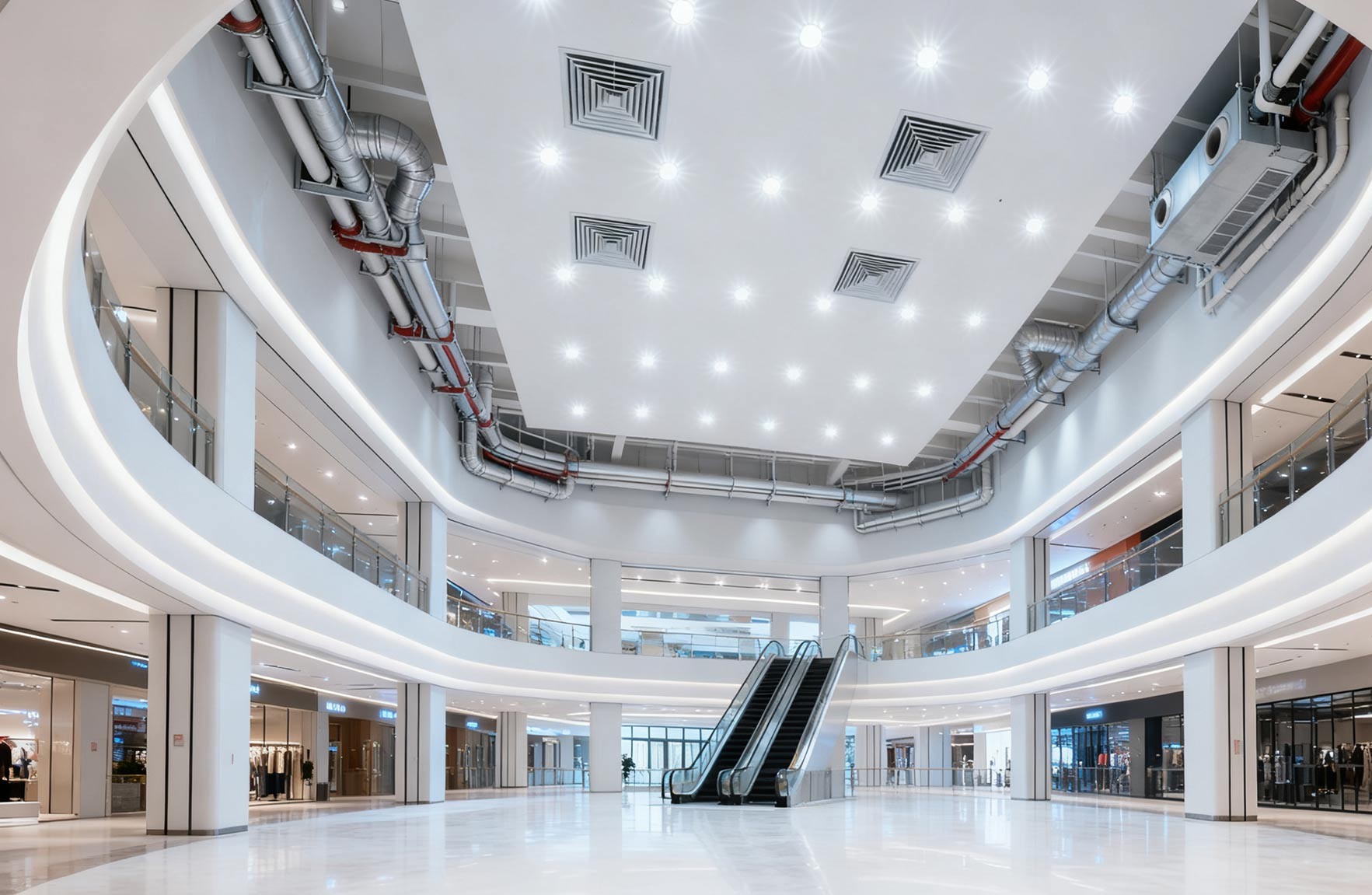
Dynamic Reactive Power Fluctuations of the HVAC System
The HVAC systems of modern commercial buildings have widely adopted variable frequency technology, and the reactive power demand of which exhibits strong randomness and instantaneousness. During the startup and speed regulation process of the frequency converter, there will be significant instantaneous fluctuations in reactive power in the power system, with the change period ranging from several seconds to several hours. What is more complex is that while the frequency converter generates inductive reactive power, it also injects a large amount of harmonic current into the power grid. These harmonic components, together with the capacitance and inductance of traditional compensation capacitors, will interact and cause resonance phenomena that may pose a serious threat to the power system and power quality. Measurement data indicates that for a 200,000-square-meter commercial complex, the amplitude of reactive power fluctuations in its HVAC system can reach 40% of the total capacity. This dynamic characteristic requires the compensation device to have a millisecond-level response capability.
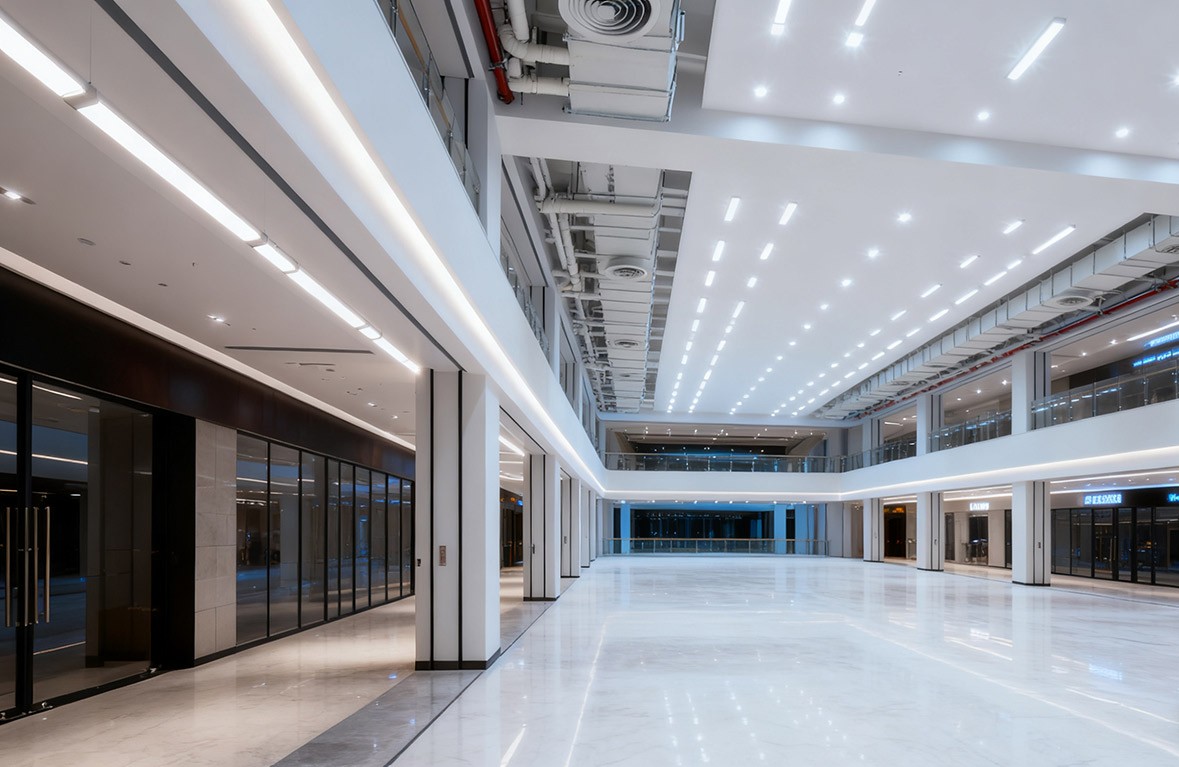
The Technical Path of the Composite Governance Solution
In the face of complex working conditions featuring high-density LED lighting and HVAC systems, the best solution that commercial building power managers can adopt is a hierarchical governance strategy. Specifically, fixed-capacity anti-harmonic compensation capacitor banks should be installed on the low-voltage side of the transformer to balance the basic reactive load. Meanwhile, dynamic compensation devices should be deployed on the distribution circuits of lighting and HVAC to achieve precise local balancing of reactive power. For harmonic pollution management, commercial building power managers should configure active filters and passive compensation devices to work together, avoiding resonance risks and ensuring the effectiveness of the management. Although this composite solution has a relatively high initial investment cost, it can recover the incremental cost within two years through energy efficiency improvement.
The Solutions and Professional Commitment of Geyue Electric
At Geyue Electric's R&D center, our company's R&D and technical team has developed a commercial building intelligent energy management system suitable for high-density LED lighting and HVAC systems. The aim is to deploy sensors at key circuit nodes to collect real-time operation data of the lighting and HVAC systems, and use artificial intelligence algorithms to predict the reactive power demand trend for the next half hour. Our low-voltage reactive power compensation device adopts a modular design and supports bidirectional regulation of capacitive and inductive reactive power, ensuring that the response time for reactive power compensation is less than 10 milliseconds. For the specific sub-harmonics generated by high-density LED lighting, we also provide dedicated filtering branches, using a separate governance approach to ensure that the entire reactive power compensation process does not amplify harmonic pollution.
Geyue Electric has a profound understanding that the demand for low-voltage reactive power compensation in modern commercial buildings has gone beyond the traditional concept of power factor correction, and requires more intelligent and flexible customized solutions. Our company is willing to provide you with a full-process service from diagnosis and analysis to system integration for your low-voltage reactive power compensation projects in commercial areas. This will help you create a truly green and intelligent commercial complex. If you have any questions, please feel free to contact us at info@gyele.com.cn.
- What Is the Significance of the Reactive Power Demand Curve in Designing an Effective Low Voltage Reactive Power Compensation System?
- In the New Energy Era, How Will the Reactor Industry Overcome Technological Bottlenecks?
- What Are the Best Practices for Storing Spare Self-Healing Shunt Capacitors Before They Are Put into Service?
- What is the Significance of Torque Values when Connecting Capacitor Power Terminals, and What Are the Risks of Improper Tightening?
- What does the "D/kVar" Value of a Capacitor Tell Us about Its Energy Density and Physical Size?
- What Special Considerations Are Needed for Power Factor Correction in Facilities with Large UPS Systems and Data Centers?

